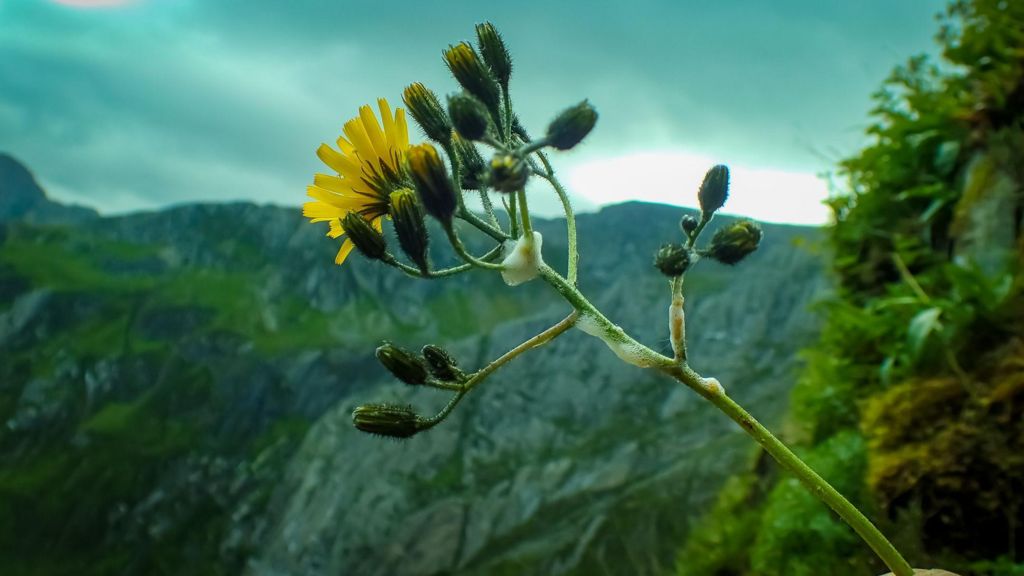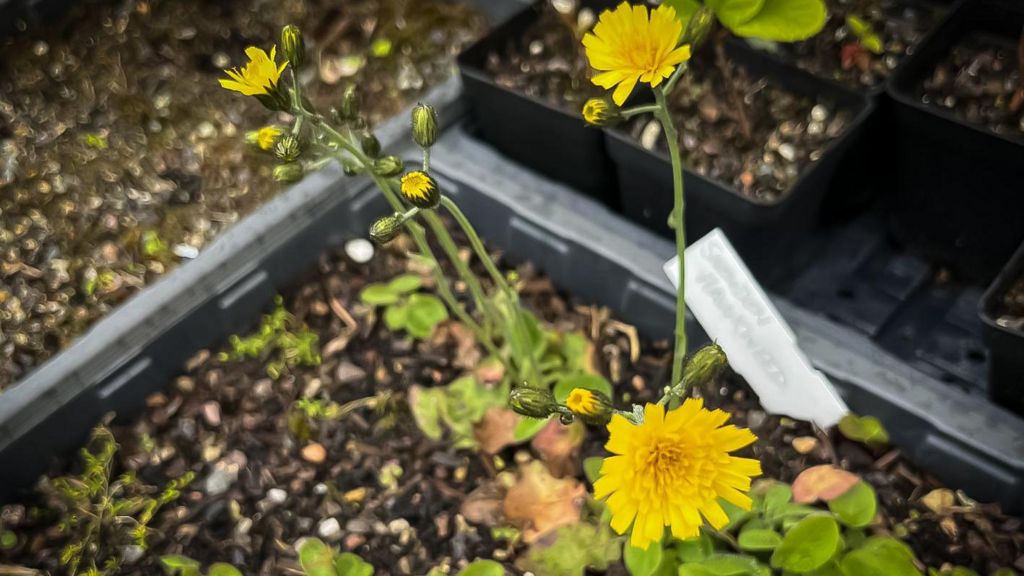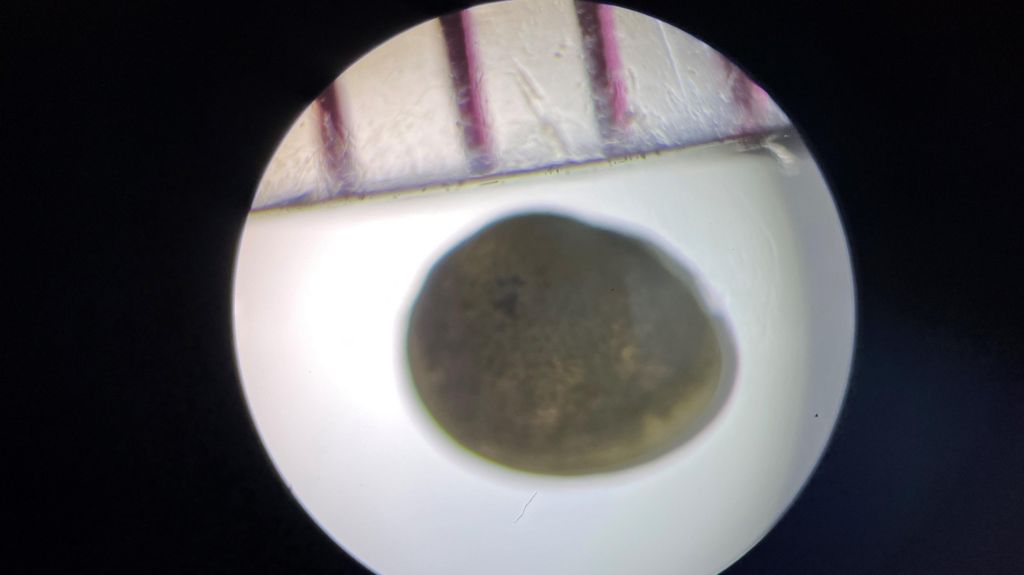Rarest plant flowers at secret nursery refuge

One of the world’s rarest plants – with just four known examples left in the wild – has flowered at a nursery set up to try to prevent the decline of Wales’ Arctic alpine species.
Snowdonia hawkweed – nicknamed “the Welsh dodo” – was thought to be extinct until a plant was found in 2002 in Eryri National Park.
Ecologist Robbie Blackhall-Miles scaled a cliff face somewhere in the Ogwen Valley above Bethesda in 2023 to document the remaining plants and take a cutting to replant.
He now has about 50 Snowdonia hawkweeds blooming at a secret location as part of a Heritage Lottery funded project called jewels of the mountain, or Tlysau Mynydd Eryri in Welsh.
Mr Blackhall-Miles said his work for Plantlife Cymru, under an initiative called Natur Am Byth [nature forever], involves the 10 most threatened species living in the Arctic-like environment of Welsh mountain peaks.
The list of rare things under his watch includes the exquisite Snowdon rainbow beetle, found only above 400m (1,300 feet) on Yr Wyddfa, or Snowdon, an Arctic clam the size of a sesame seed, as well as ferns, saxifrages, avens and the Snowdonia hawkweed (hierachium snowdoniense).
When an example was found in 2002, it had not been seen in the wild for 50 years.
“This is a species that’s been here longer than any other in Wales,” he said, explaining how it was a living relic of the last ice age, surviving on peaks that stayed above the glaciers.
“As those glaciers retreated, these plants crept down the mountains, and they were the first things that were in the new Welsh landscape,” he said.
The hawkweed and its fellow Arctic alpine specialists got along fine alongside man until the advent first of industrial scale grazing, followed by the plants being dug up and sold in a 19th Century craze for exotic species to fill Victorian herbariums and ferneries.

“I’ve got the opportunity to correct the wrongs of the past,” he said, adding the Treborth Botanic Gardens and the National Botanic Gardens are now helping with his nursery.
There are plans to plant cultivated hawkweeds in Cwm Idwal, a National Trust site where grazing animals can be controlled.
The species is related to dandelions and is from a group of plants that are evolving quickly, which Mr Blackhall-Miles said makes them important to understanding how species will cope with climate change.
“Making sure that the plants have that opportunity to continue that process of evolution is really important,” he said.
“For a species like Snowdonia hawkweed to become extinct creates a dead end especially if that extinction is brought on by inappropriate grazing or over collection, something that’s not part of the natural cycle.”

Reaching the species involved what Mr Blackhall-Miles said his mountain leader described as “the sketchiest piece of climbing ever done”.
“In Britain, where we think everything is accessible and open, there are places which are really difficult to get to and this is one of those places,” he said.
“Actually, there are cliffs here in Eryri where we don’t know what’s growing.”
He said he hopes to get back to the last Snowdonia hawkweed plants this summer, even if it is just to see them through binoculars.
What has not been seen, going back now to 2023, is the Snowdon rainbow beetle.

“We’ve started work on a project to use sniffer dogs to find the beetles for us,” he said.
Grazing is tricky for the beetles. Too little and there is not enough of the food they like, too much at the wrong time and the eggs they lay on blades of grass get eaten.
So the plan is to get that balance right in perfect habitat for the beetle along the banks of Snowden Mountain Railway.
“It is right on the edge of the busiest path up Snowdon so everybody will be able to scan the QR codes on the fence posts and be able to learn about what’s happening,” he said.
There has also been good news on the Arctic pea clam, which has been confirmed in two more Welsh lakes, bringing the total to four, while DNA evidence shows it is the same species as clams in Siberia.

“It is amazing because you can imagine a mollusc doesn’t really move around the landscape very easily,” he said.
“So how did how did a tiny little clam find its way here in Wales, as the glaciers were melting?
“We can only presume it came on bird’s feet.”
Mr Blackhall-Miles, 48, has already helped to bring back the rosy saxifrage, which was declared extinct in the wild in Wales in 1962.
Cultivated plants were reintroduced last year.
“I’m really pleased to say that it flowered really well in the wild this year,” he said.
“It’s been visited by goats and sheep which haven’t bothered it, which is also really good.
“I’ve worked internationally in plant conservation, but to bring an extinct species back in my home country is one of the best things I’ve done,” he said.
“For me this forms part of my heritage as a Welsh person, it’s not just about bringing a species back.”














